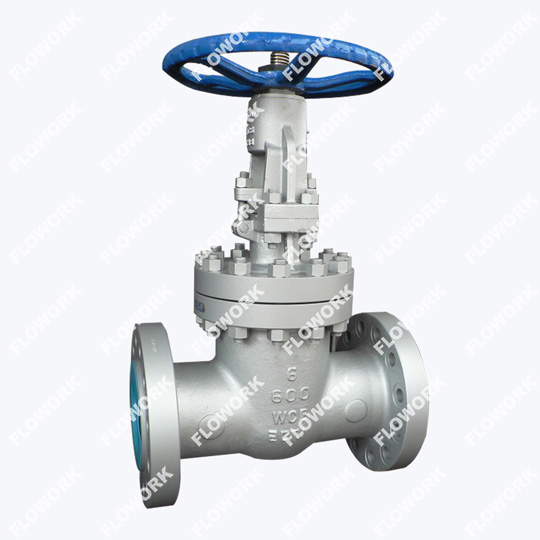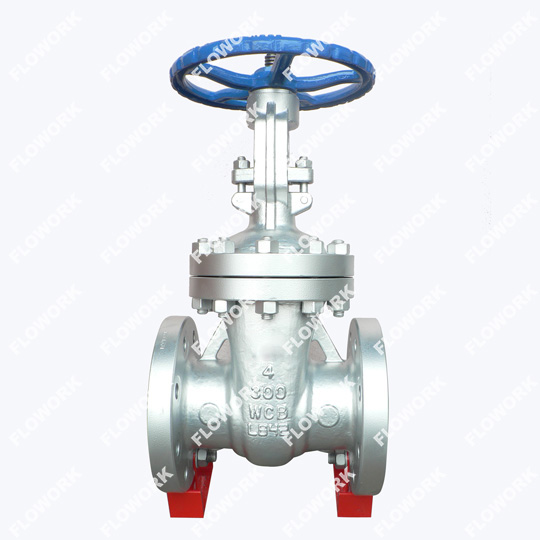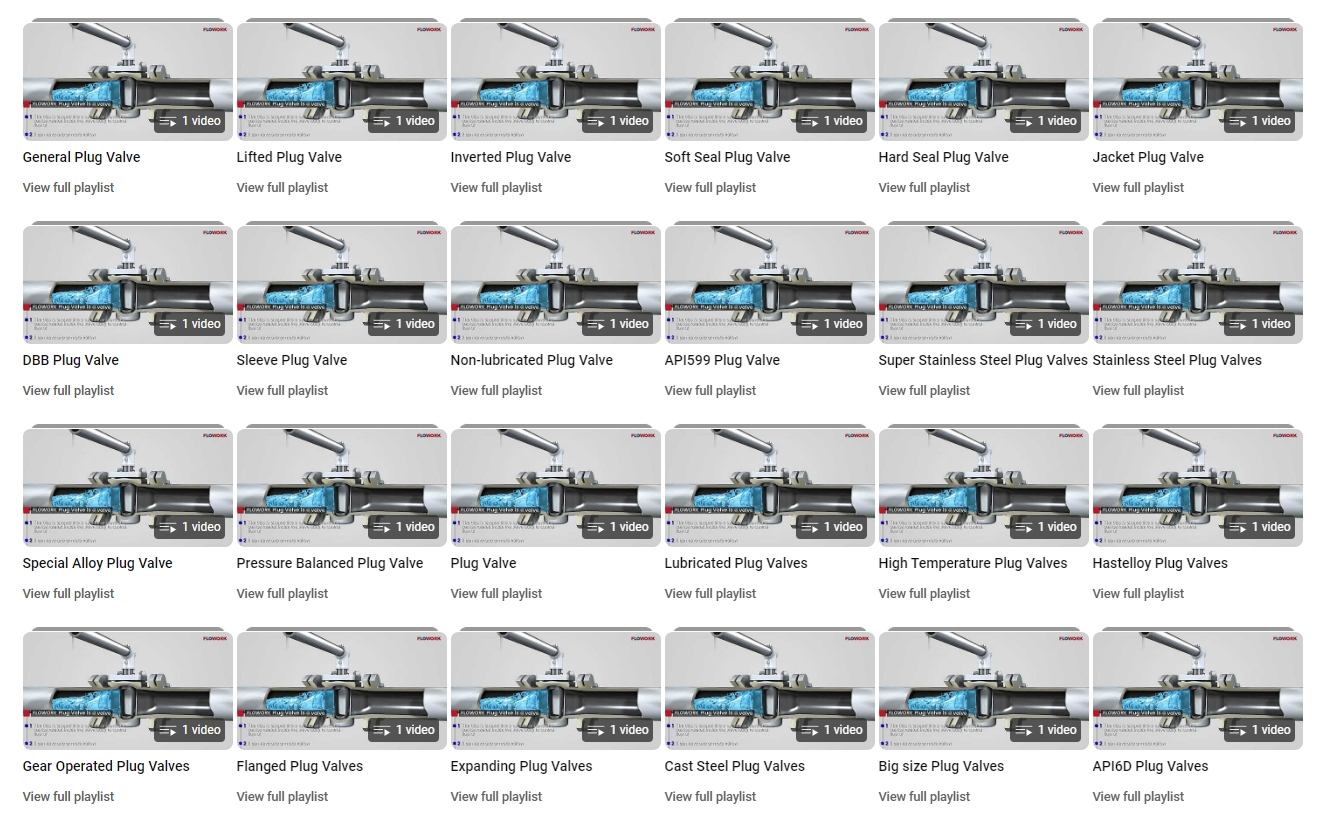What is the difference between API 6A and 6D valves?
What is the difference between API 6A and 6D valves? I would like to discuss in depth with you the differences between API 6A and 6D valves, including their application fields, performance standards, structural features, etc. I will lead you to a more comprehensive understanding of the differences between these two valves through comparative analysis. In industries such as oil, gas and chemicals, valve selection is critical. API 6A and 6D valves are two common valve types and are widely used in practical applications. The differences between these two valves will be analyzed in detail below to help everyone understand the selection and application of valves more comprehensively, alloy check valves.
1. Application fields
API 6A valves are mainly used in the oil and gas industry, including onshore and offshore extraction, transportation and processing. These valves need to withstand harsh working conditions such as high pressure, high temperature and corrosive media, so they have high performance requirements. API 6D valves are mainly used in pipeline systems, including transmission pipelines, distribution pipelines and storage facilities. These valves need to have good sealing performance and corrosion resistance to ensure the safe and stable operation of the pipeline system.

2. Performance standards
Both API 6A and 6D valves need to comply with the relevant standards of the American Petroleum Institute (API). The API 6A standard mainly stipulates the performance requirements for gate valves, globe valves and check valves used in the oil and gas industry, including pressure levels, temperature ranges, material requirements, etc. The API 6D standard mainly stipulates the performance requirements of ball valves used in pipeline systems, including pressure levels, size ranges, material requirements, etc. There are obvious differences in performance standards between these two valves, so selection needs to be based on specific needs in practical applications, big size check valve.
3. Structural characteristics
API 6A valves usually take the form of gate valves, globe valves, and check valves. The gate valve has the advantages of small fluid resistance and good sealing performance, and is suitable for occasions that require frequent switching; the stop valve has the characteristics of simple structure and easy maintenance, and is suitable for occasions that need to adjust the flow; the check valve has the function of preventing the backflow of the medium , suitable for occasions where one-way flow of media needs to be ensured. The API 6D valve mainly adopts the form of ball valve, which has the characteristics of compact structure, good sealing performance and easy operation. The ball of the ball valve is usually made of metal material and rotates 90 degrees to achieve the switching action, so it has high switching speed and operating efficiency.

4. Material selection
API 6A valves need to consider the corrosiveness of the medium, high pressure and high temperature in material selection. Commonly used materials include carbon steel, alloy steel, stainless steel and other metal materials, as well as polytetrafluoroethylene (PTFE), rubber and other non-metallic materials. These materials need to have good mechanical properties, corrosion resistance and sealing performance to ensure the stable operation of the valve under harsh working conditions. The material selection of API 6D valves mainly considers corrosion resistance, sealing and ease of operation. Commonly used materials include stainless steel, copper alloy and other metal materials, as well as polytetrafluoroethylene (PTFE), nylon and other non-metallic materials. These materials need to have good sealing performance, corrosion resistance and mechanical properties to ensure reliable operation of the ball valve in the pipeline system, din check valve.
5. The following is my summary
Through an in-depth discussion of API 6A and 6D valves, I can clearly see the differences between these two valves in terms of application areas, performance standards, structural features, and material selection. Understanding these differences is important for proper valve selection and use. In the future, with the advancement of technology and the development of the industry, API 6A and 6D valves may face new challenges and development opportunities. Therefore, I need to constantly pay attention to industry trends and technological development trends to strengthen communication and cooperation to jointly promote the progress and development of the valve industry, duplex stainless steel check valve.








